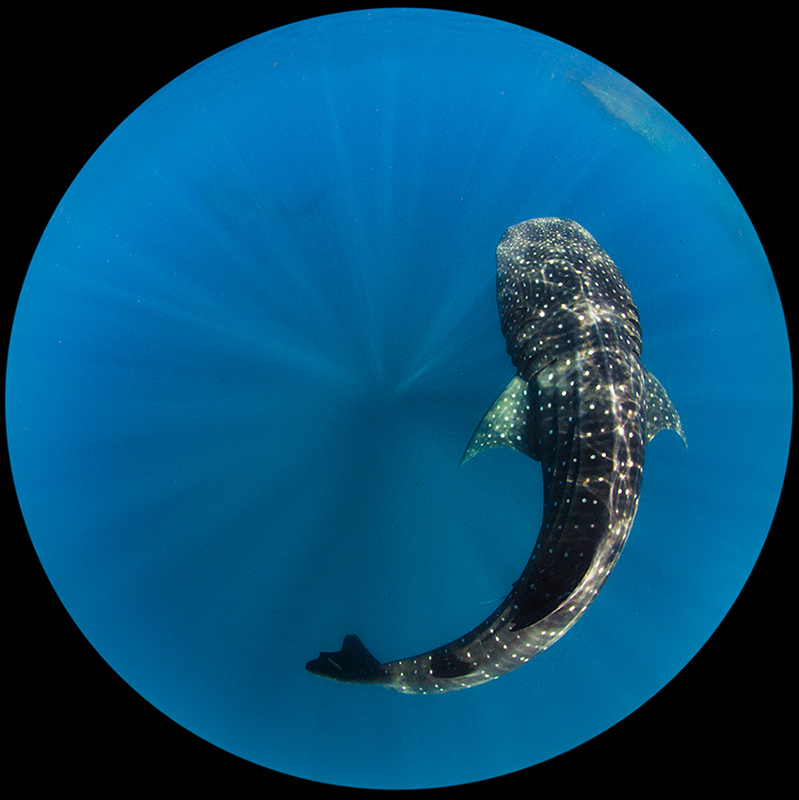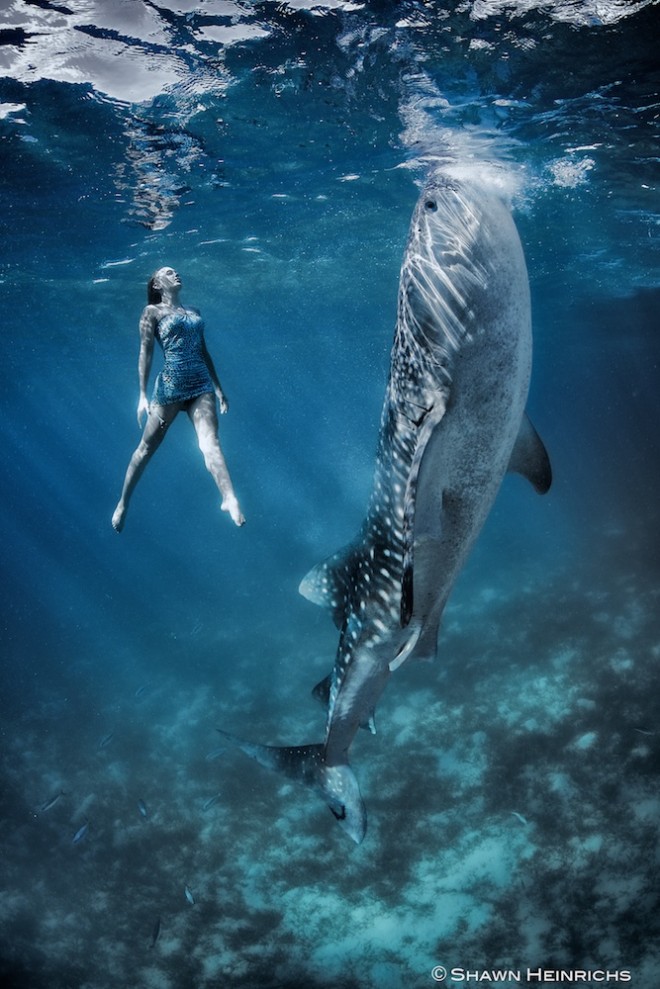One of the peregrine falcons that lives on the University of Michigan campus
photo by Barb Baldinger
Peregrine falcons hunt by dive-bombing their prey at 200 miles per hour. Some live on the campus of the University of Michigan.
Listen to find out more.
Right-click or Command+click to download
Music and other sound in this show:
1. Peregrine falcons (filmed by the Raptor Resource Project)
2. Spoek Mathambo, “Put some red on it”
3. Of Montreal, “Our spring is sweet not fleeting”
4. Spanglish Fly, “Let my people bugalú” (Clay Holley and Jeff Dynamite remix)
— — — — —
Supposedly, on the campus of the University of Michigan, peregrine falcons have nested at the top of the clock tower. I’m skeptical only because I’ve never seen nor heard them myself, but several very smart people assure me that the peregrine falcons are there. Plus, sometimes when you look on the sidewalk around the base of the clock tower, you’ll find dismembered heads and feet, feathers, and other bits and pieces of unfortunate birds–victims of the falcons up there, which eat their meals 10 stories above the ground.
The menu for a peregrine falcon might include pigeons, doves, woodcocks, rails, woodpeckers, yellow- and black-billed cuckoos, and red-winged blackbirds. So what’s with all the bird carcasses? Why don’t the falcons go for the fat, lumbering squirrels that make easy targets on campus?
Peregrine falcons are very good at hunting in mid-air. They’re amazing flyers that, just by shrugging a shoulder, can initiate the smoothest barrel roll.
Peregrine falcons hunt by dive-bombing their prey at 200 miles per hour; they hunt by bludgeoning with their feet. Bumping a creature mid-air with their talons either stuns the prey or kills it instantly. For larger prey, like a duck, the peregrine falcon will curl its talons into fists and collide into the duck, breaking its back. If that doesn’t work, the falcon will use its beak to sever the duck’s spine.
Then, the falcon plucks the feathers from its victim and eats.
They’re such effective hunters that sometimes they are used at airports to scare away the birds that could otherwise cause accidents on the runway. They also served in World War II. Peregrine falcons were specially trained to intercept the homing pigeons that carried German spy messages.
But their mode of mid-air hunting doesn’t work as well for something like a fat squirrel. If a peregrine falcon descended upon a rodent at 200 miles per hour, the impact with a tree or the ground would be a painful mess.
So the falcons on campus opt to hunt things that fly, mainly along the Huron River and in marshes around town.
Another danger of whipping through the air at incredible speeds is dust. Even the tiniest debris could damage their eyeballs. Peregrine falcons avoid that danger by using windshields–one on each eye.
Nictitating membrane (part of it, anyway) in a Harris hawk
photo by Steven Hyatt
These translucent extra eyelids are called nictitating membranes. The nictitating membranes slide across their eyeballs to protect against wind; dust; the beaks, wings, and claws of flailing victims; even the sharp beaks of the falcons’ own chicks during feeding time at the nest.
Other animals have nictitating membranes, too, for similar reasons. Sharks, for example–their nictitating membranes protect their eyes in a thrashing attack.
The falcons on campus love the view from the top of the clock tower. But year after year, they could not build a successful nest. Heavy storms would wipe out their attempts every summer. These days, the peregrine falcons use a nest box built for them and installed on the roof of the University Hospital. If you’re lucky, you can spot them there, or at the clock tower, where they sometimes still perch.
If you’re luckier, you may find on the sidewalk near the clock tower the wing ripped from a sorry victim, or its dismembered head, or discarded feet–the scraps of a mid-air meal that a peregrine falcon would call delicious.
Thank you to wonderful people in Ann Arbor and at the University of Michigan for hugging birds. There are plenty more opportunities on campus to hug bugs. Do that, too. Hug a bug, wherever you are.
This week, special thank you to Kenneth Elgersma and Janet Hinshaw for their help in making this episode.
— — — — —
Bonus info is available on the internets:
Peregrine falcons helped intercept German spy messages, but are the falcons spies, themselves?
The Museum of Zoology at the University of Michigan has kept tabs on the campus falcons since they arrived.
This one is said to fly at 242 miles per hour.
Video of 2 peregrine falcons visiting a nest box, filmed by the Raptor Resource Project.


























